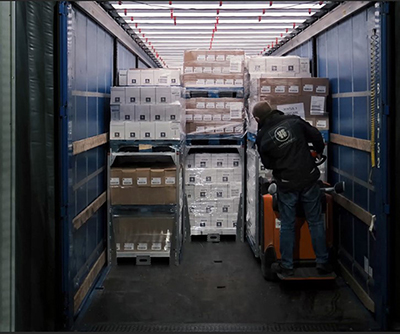The packaging is important to guarantee product quality and communicate messages. But at the same time, it has a considerable environmental impact. The packaging is therefore an important part of Midsona's work and we want to contribte to minimising their impact on our surroundings and increasing their recycling rate.
Midsona has already committed to the Plastic Initiative 2022* in Sweden. We have also made the Initiative a target for the rest of the Midsona Group 2030.
*Summary from dlf.se

